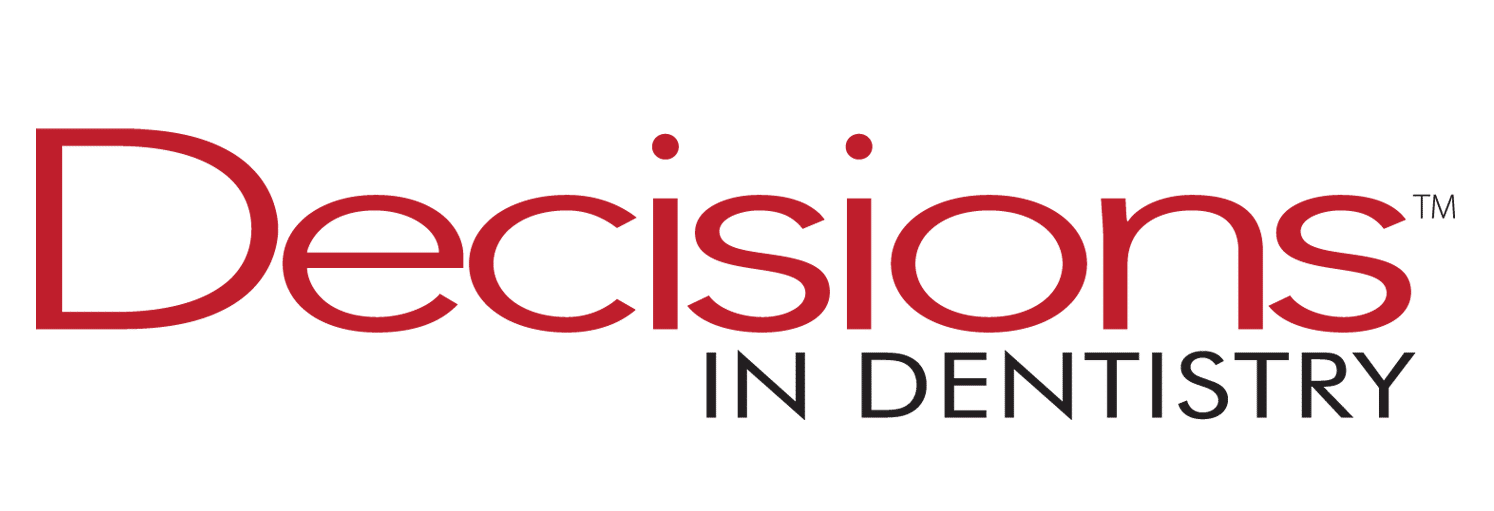EverSmile PreOp Preprocedural Mouthrinse
Independent study shows preprocedural rinse reduces viral loads.
FEATURES AND BENEFITS![EverSmile]()
- Dental practices are using preprocedural mouthrinses to mitigate the transmission of viruses and bacteria during treatment. But not all pretreatment rinses are equally effective.
- To demonstrate the efficacy of EverSmile PreOp pretreatment rinse, the Inglewood, California-based company commissioned an independent test comparing EverSmile PreOp with 1.5% hydrogen peroxide.
- The results showed that whether at 15 seconds, 30 seconds or 60 seconds, EverSmile PreOp surfactant-enhanced, 3.8% hydrogen peroxide rinse was more effective at eliminating human coronavirus than 1.5% hydrogen peroxide.
- The study found that EverSmile PreOp provided a 99.968% reduction of human coronavirus in 15 seconds, while 1.5% hydrogen peroxide reduced the viral load by 74.30%.
![EverSmile]()
- At 30 seconds, 1.5% hydrogen peroxide showed a reduction of 87.98%, and at 60 seconds, 91.30% — well shy of EverSmile PreOp’s 99.968% performance.
- According to these results, rinsing with EverSmile PreOp for 15 seconds is more effective than rinsing with 1.5% hydrogen peroxide for 60 seconds.
- Ensuring that patients rinse for a full 60 seconds can be difficult, so full efficacy at 15 seconds may offer peace of mind for clinicians and a more comfortable patient experience.
- A shorter rinse time also saves chairtime with each patient.
- EverSmile PreOp comes in mint and bubblegum flavors to ensure that patients of all ages enjoy the rinsing experience and are able to fully comply with directions.
- In addition, EverSmile PreOp expands into foam while rinsing, so less product is dispensed while still achieving full coverage. One dose is 5 ml, so each 500-ml bottle treats 100 patients.
![]()
BOTTOM LINE
Independent research shows EverSmile PreOp surfactant-enhanced, 3.8% hydrogen peroxide rinse is more effective at eliminating human coronavirus than 1.5% hydrogen peroxide. Additionally, EverSmile PreOp achieves a 99.968% reduction in viral load after rinsing for just 15 seconds, compared to a 91.30% reduction at 60 seconds with 1.5% hydrogen peroxide. Greater efficacy with shorter rinse times enhance patient compliance and reduce the risk of viral transmission during care.

Full study available at eversmilewhite.com/studies
From Decisions in Dentistry. February 2021;7(2):44.





